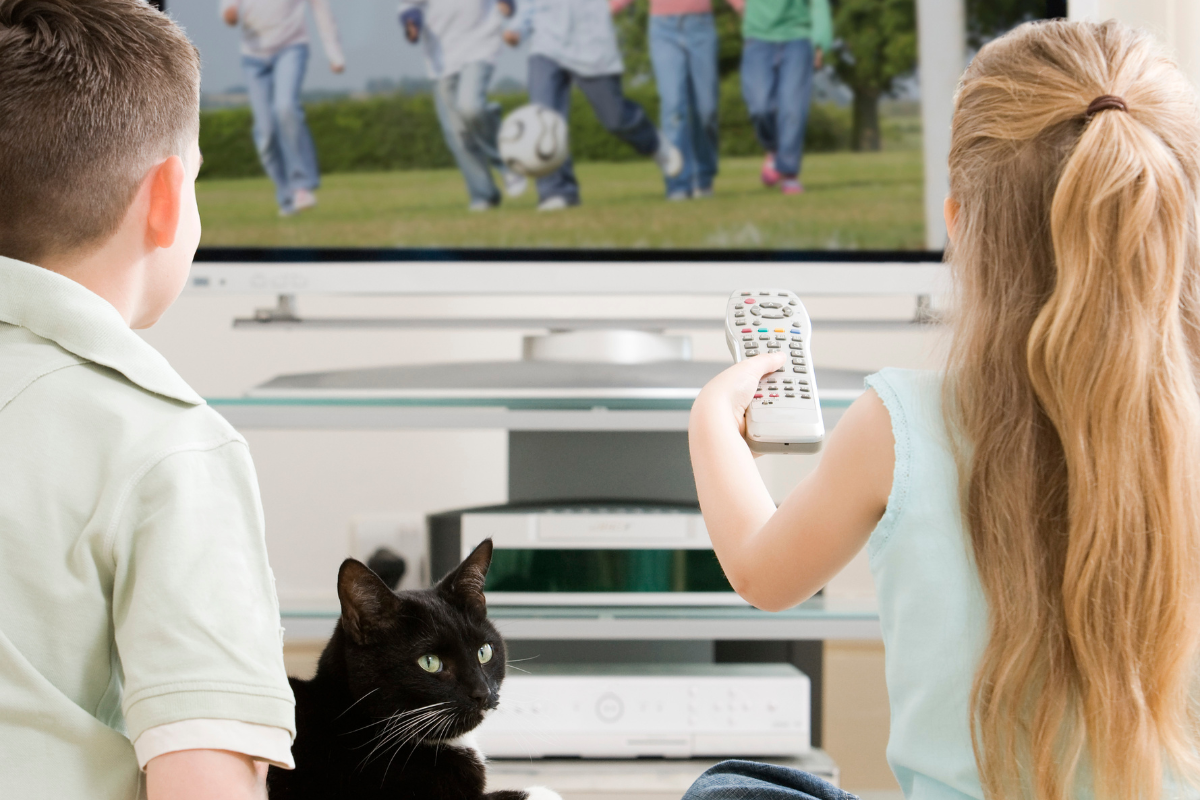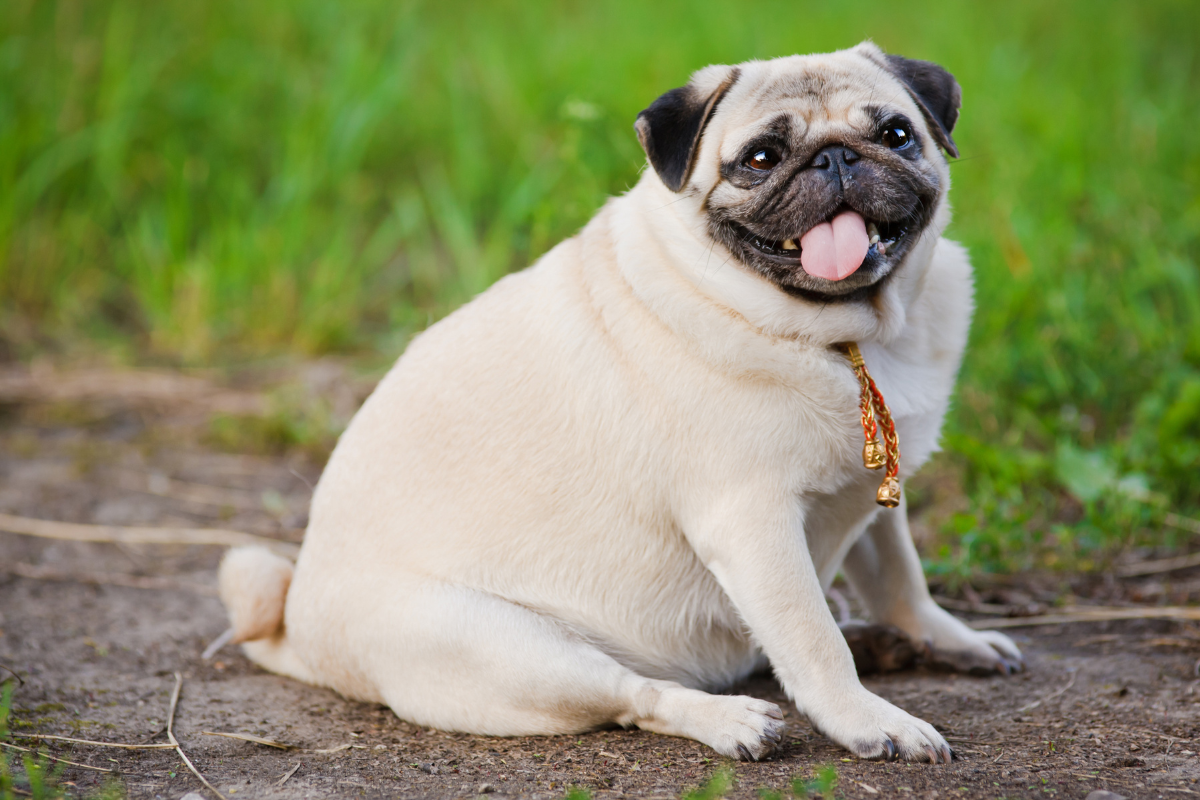How to Manage Your Pet’s Screen Time: Is It a Thing?

In today's digital age, screen time is a part of everyday life, not only for humans but also for our pets.
Whether it’s watching videos of birds on the TV, playing interactive pet games on a tablet, or being exposed to virtual pet entertainment, more and more pets are being introduced to screens.
But just as with humans, it's important to consider the impact that too much screen time might have on your pet’s health and well-being. In this article, we’ll explore how to manage your pet’s screen time and whether it’s something you need to worry about.
Understanding the Role of Screens in Pet Care
When we talk about screen time for pets, we’re referring to the exposure pets have to digital devices such as smartphones, tablets, TVs, and even computers.
While it’s common to think of screen time as a human concern, pets are increasingly interacting with screens, whether it’s through entertainment or training tools.
Screen Entertainment for Pets
There are a growing number of apps, videos, and interactive games designed for pets, particularly dogs and cats.
These include apps that display moving objects, virtual toys, or videos of other animals, which can capture your pet’s attention and stimulate their natural instincts to chase, play, and hunt.
These activities can provide mental stimulation and entertainment, especially when pets are alone or need something to keep them occupied.
 Training and Behavioral Tools
Training and Behavioral Tools
In addition to entertainment, screens are also used for training purposes. Interactive toys or devices that connect to mobile apps can be used to reward your pet with treats or praise when they interact with the device in a desired way.
This technology is used for training, enrichment, and behavior management, helping owners encourage good habits and reduce undesirable behaviors.
Virtual Veterinary Services
Telemedicine and virtual veterinary consultations have also become more common, especially during times of restricted movement or for pets that have difficulty traveling to a clinic.
Pets can be examined virtually by a veterinarian via video calls, and many pet owners find this to be an easier, more convenient option for minor health concerns or follow-up visits.
The Potential Downsides of Too Much Screen Time for Pets
As beneficial as some screen-based activities can be for pets, it’s important to manage the amount of time they spend in front of screens. Just like humans, pets can experience negative effects from excessive screen time.
Physical Health Concerns
While pets may not physically interact with screens as humans do, excessive screen time can still lead to health issues.
For example, pets that are left in front of a screen for too long might become less active, which can contribute to obesity, joint problems, and a lack of physical exercise.
Dogs, in particular, need regular physical activity like walks and playtime to stay healthy, while cats require opportunities for hunting and exploring.
 Mental Stimulation and Attention Issues
Mental Stimulation and Attention Issues
Pets need mental stimulation, but too much screen time can overstimulate them or cause them to become overly fixated on the screen, losing interest in real-world activities.
Cats and dogs are intelligent and curious creatures, and while screen-based entertainment might seem engaging, it doesn't provide the same cognitive benefits as interacting with toys, solving puzzles, or exploring their environment.
Behavioral Problems
Pets may also start developing behavioral issues due to excessive screen exposure. For example, a dog that becomes too focused on screen-based stimuli might develop anxiety or compulsive behaviors, such as excessive barking or scratching.
Cats may start ignoring traditional play or bonding time with their owners in favor of the screen, which could affect their relationship with their caregivers.
How to Manage Your Pet’s Screen Time
Given the potential benefits and drawbacks of screen time for pets, it’s important for pet owners to strike a balance and ensure their pets are still getting the real-world interactions they need for both mental and physical health.
Set Clear Time Limits
As with children, it’s essential to set time limits on screen use for pets. Experts recommend that pets should not spend more than 15 to 30 minutes per day engaged with screens.
This ensures that the screen time remains a positive enrichment activity without replacing other important aspects of their well-being, such as physical play, walks, and interaction with humans.
 Balance Screen Time with Active Play
Balance Screen Time with Active Play
Make sure that your pet’s day includes plenty of active playtime and physical exercise. For dogs, this means regular walks, fetch games, and social interactions. For cats, consider offering interactive toys, climbing structures, and opportunities for independent play.
The goal is to use screen time as a supplement to their regular activities, not a replacement.
Use Screens for Mental Enrichment
When you do use screens, aim to provide mental stimulation rather than passive entertainment. Choose interactive apps or videos that require your pet to engage with the content, such as moving objects they need to “catch” or puzzles that involve problem-solving.
You can also use screen time as an opportunity for training or bonding by working with your pet to respond to on-screen prompts or encouraging them to earn rewards through interaction.
Monitor Your Pet’s Behavior
Observe how your pet reacts to screen time and adjust accordingly. If you notice signs of overstimulation, such as restlessness, anxiety, or disinterest in other activities, it may be a sign that they need less screen time.
Pay attention to any changes in behavior, and make sure they still enjoy their usual activities like playtime and outdoor walks.
 Limit Screen Time During Downtime
Limit Screen Time During Downtime
Avoid using screens to occupy your pet during times when they should be relaxing or sleeping. Pets, like humans, need time to rest and recharge. Ensure that screen time doesn’t interfere with their sleep schedule or their need for quiet, calming time away from distractions.
What Type of Screen Content Is Best for Pets?
Not all screen content is created equal. When selecting videos or apps for your pet, look for those that offer appropriate stimulation and engagement.
Interactive Videos
For dogs, interactive videos that show moving objects like balls, animals, or birds can be stimulating and exciting. Cats often enjoy videos featuring fish or birds, as these prey-driven animals can captivate their attention.
Pet Training Apps
There are numerous apps designed for pet training that combine interactive games with rewards and positive reinforcement. These apps can be a great way to teach your pet new tricks or behaviors in a fun, engaging way.
 Calming Videos
Calming Videos
Some pets, especially dogs, can benefit from calming videos with soft music or nature sounds.
These can be particularly helpful during stressful situations, like thunderstorms or separation anxiety, as they provide a soothing background that helps your pet relax.
Finding the Right Balance for a Healthy Pet Lifestyle
While it’s true that pets can enjoy and benefit from certain types of screen time, moderation is key. Like humans, pets need a balance of activities to stay physically healthy, mentally stimulated, and emotionally secure.
By setting reasonable limits on screen time, offering engaging and enriching content, and ensuring plenty of physical play, you can help your pet lead a fulfilling life without overreliance on screens.
Ultimately, the best way to manage your pet’s screen time is by combining digital stimulation with real-world interactions to create a well-rounded, healthy lifestyle.
Did you find this post useful or inspiring? Save THIS PIN to your PETS Board on Pinterest!


 Training and Behavioral Tools
Training and Behavioral Tools Mental Stimulation and Attention Issues
Mental Stimulation and Attention Issues Limit Screen Time During Downtime
Limit Screen Time During Downtime Calming Videos
Calming Videos
You may also like